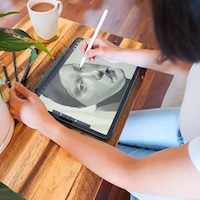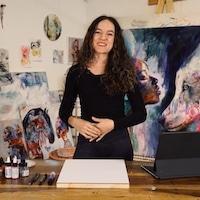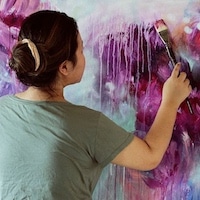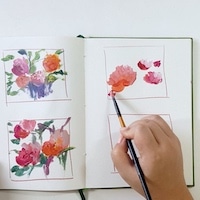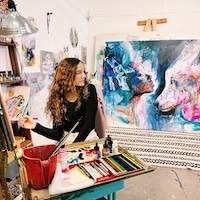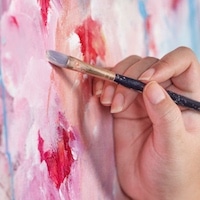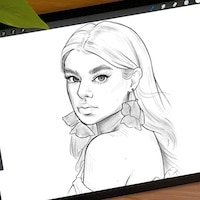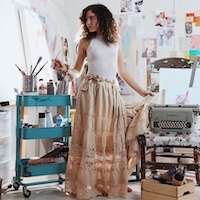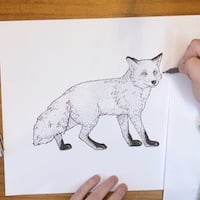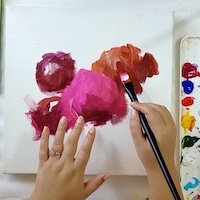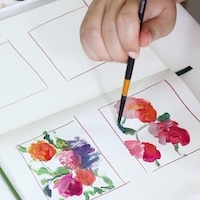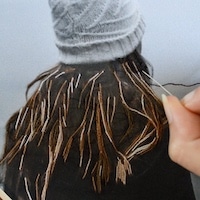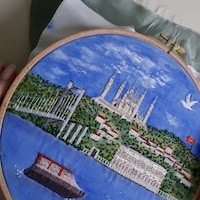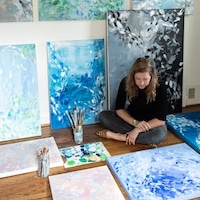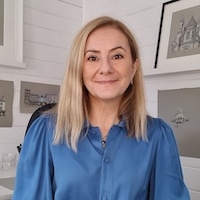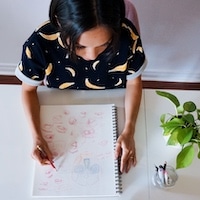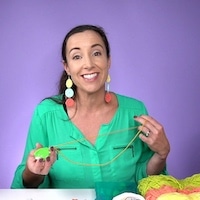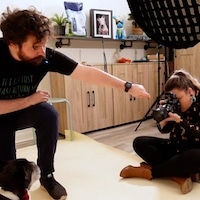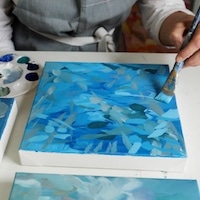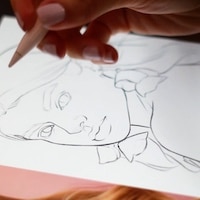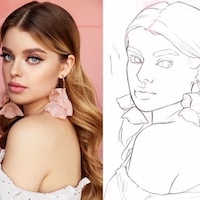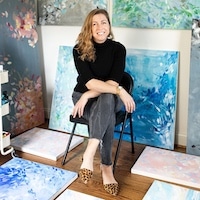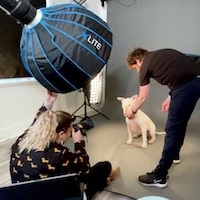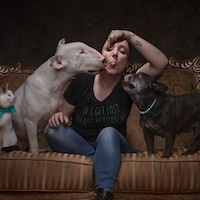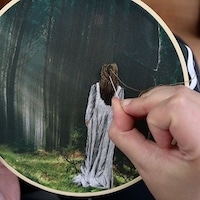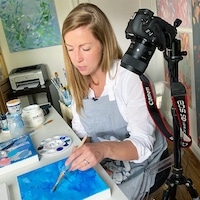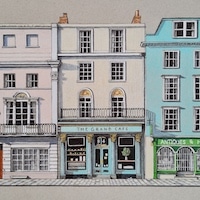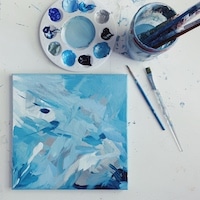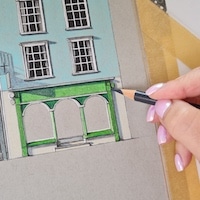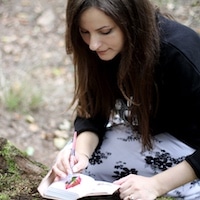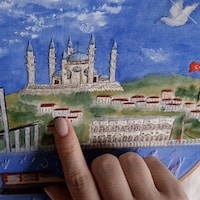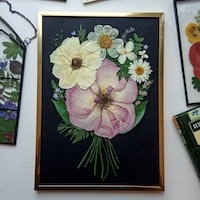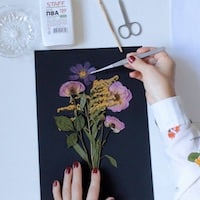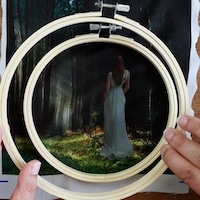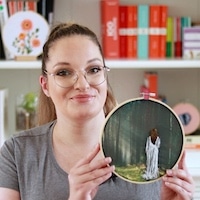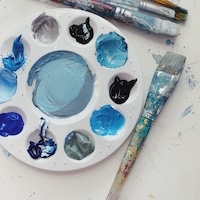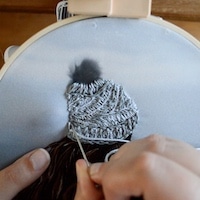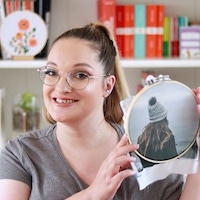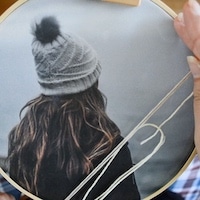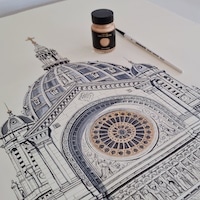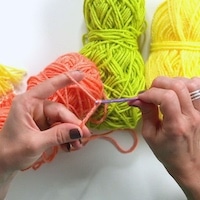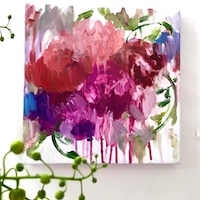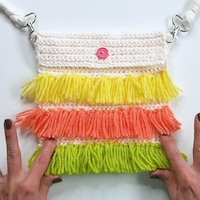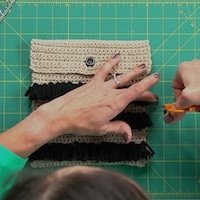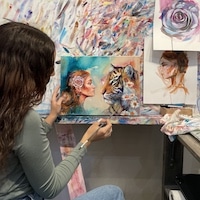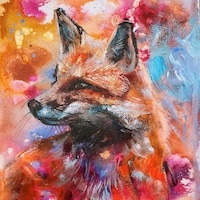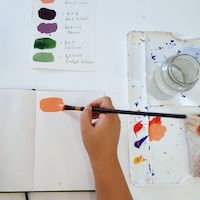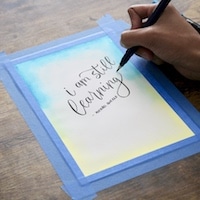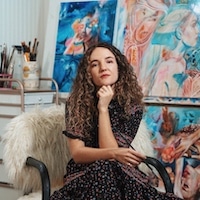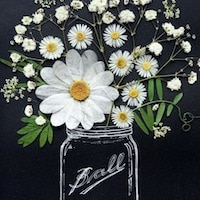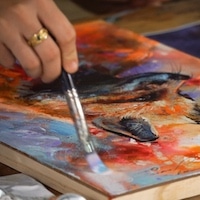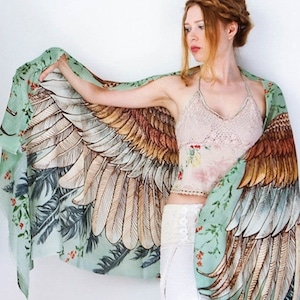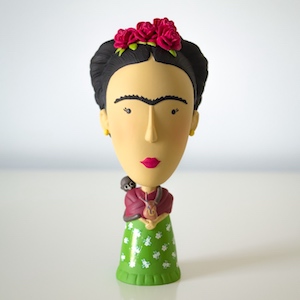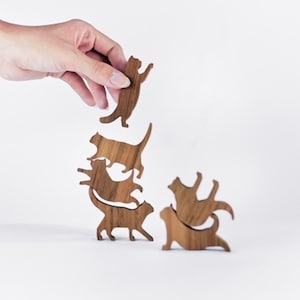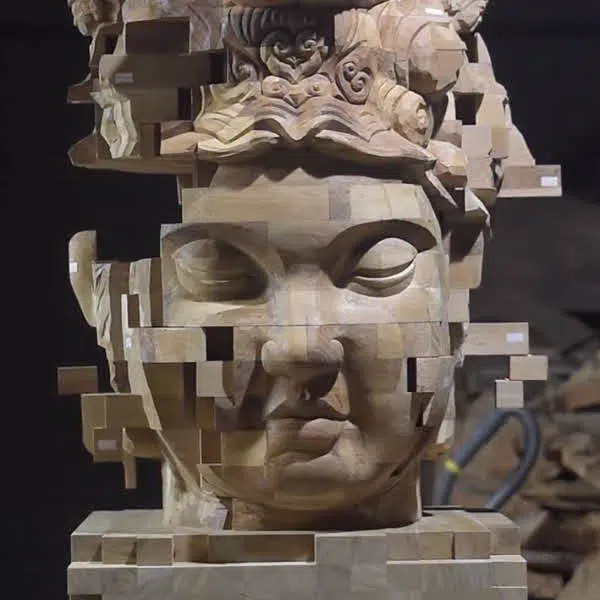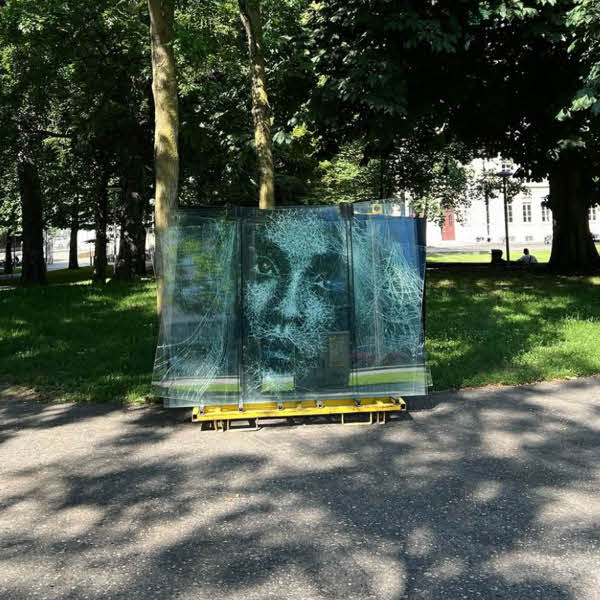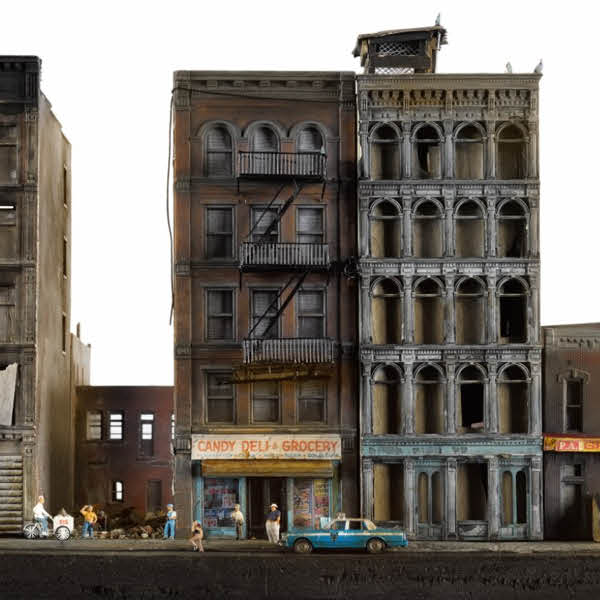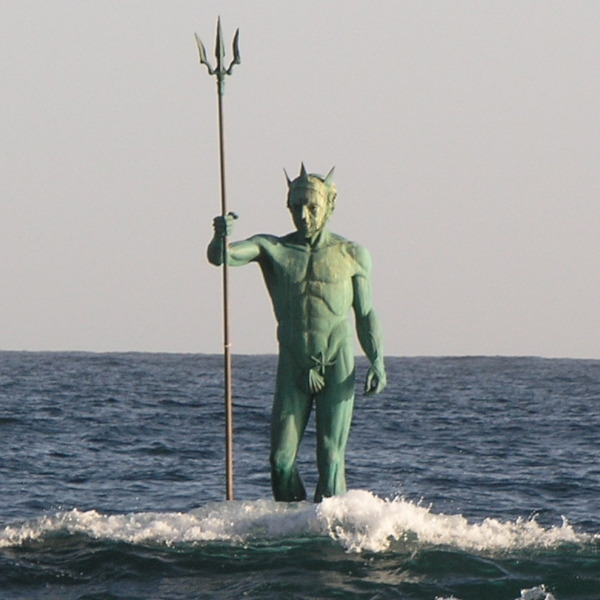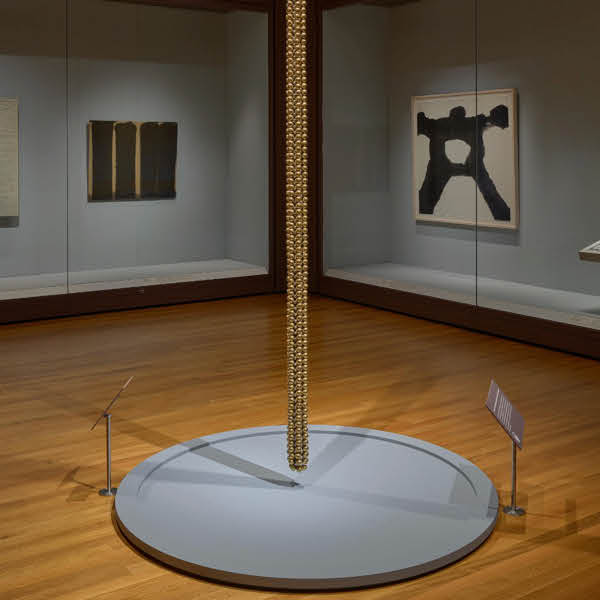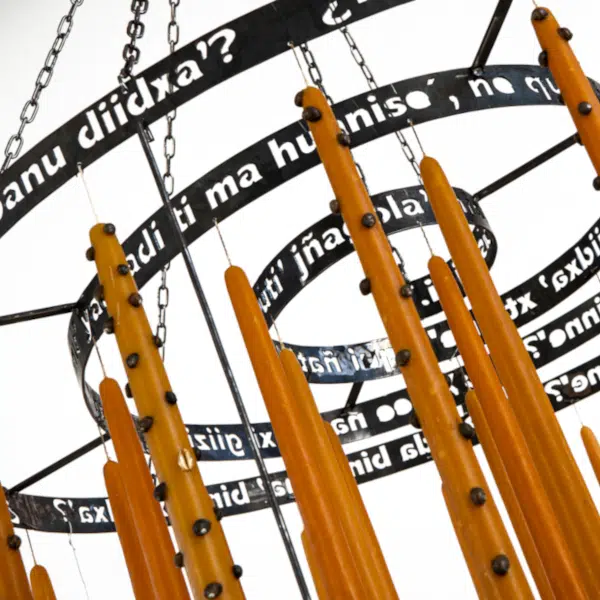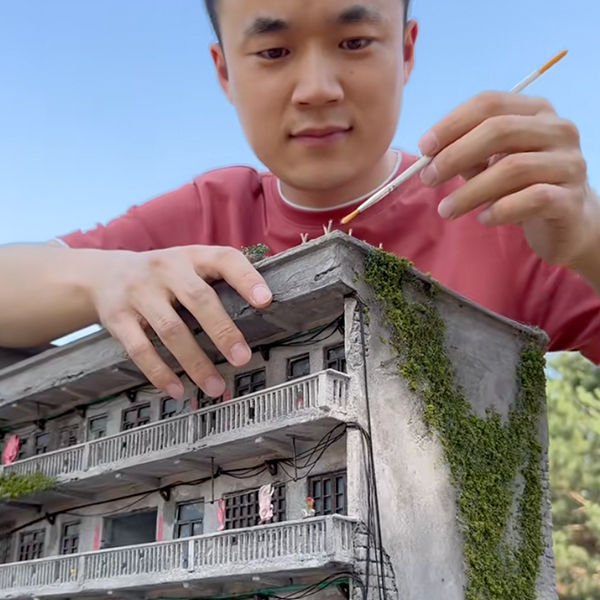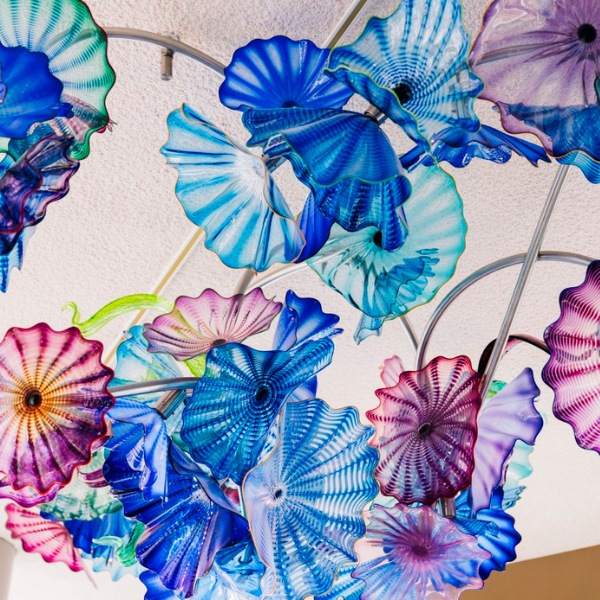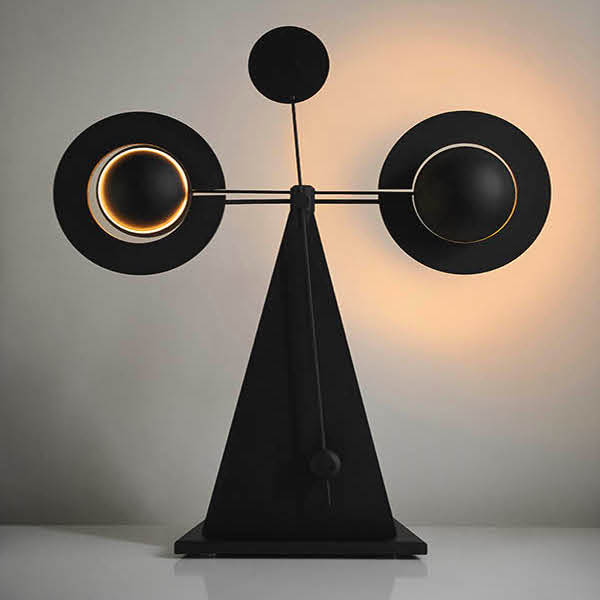View this post on Instagram
For years, Josh Gluckstein has fabricated cardboard sculptures of various animals, but his latest series may be his most ambitious yet. In what he calls a “cardboard museum installation,” the London-based artist has fashioned several distinct scenes of coral reefs, each of which center marine species. Their massive scale and lavish details aren’t the only things that distinguish these new sculptures—at nearly every step, Gluckstein cataloged the process behind their production.
One video, for instance, showcases Gluckstein’s largest cardboard turtle to date, mounted atop a rotating reef base complete with vibrant corals. To sculpt this massive Hawksbill turtle, Gluckstein first traced its shell on flat cardboard, meticulously cutting out the shape and building upwards with additional cardboard scaffolding. He employed a similar technique for the turtle’s head, later painting the creature with a decadent, reptilian pattern. Unlike its scales, which are fairly precise and segmented, the turtle’s shell seems more abstract, the colors fluidly melting into each other as if mimicking a glossy surface.
Another video outlines how Gluckstein created a whale shark and dugong, both of which are as monumental as they are intricate. Unlike the Hawksbill turtle, the whale shark and dugong receive intricate backdrops that reach up toward the ceiling, peppered with a colorful assortment of sea sponges, corals, and other underwater plants. Beneath the dugong, Gluckstein even included small, yellow-striped fish, further enhancing the sense of immersion and world building. When staged next to one another, these sculptures shape a decadent ocean landscape, where every nook and cranny offers something to be discovered.
“Animals have always been a central theme in my artwork,” Gluckstein has written of his practice. “Inspired by my extensive travels and volunteering through Asia, East Africa, and South America, I have sought to capture the presence of some of the most majestic animals I’ve seen in the wild.”
But these sculptures aren’t simply homages to those “majestic animals.” They also offer a clever solution to art production while biodiversity faces tremendous threats from the ongoing climate crisis. Gluckstein’s work is, in many ways, a form of recycling, repurposing and reimagining the limits of cardboard even after their functionality or purpose has waned.
“Sustainability is at the heart of my practice,” the artist explains. “The accessibility and versatility of cardboard, with its many tones and textures, allow me to capture unique details and raw emotion, all while creating zero waste.”
To learn more about the artist, visit Josh Gluckstein’s website and follow him on Instagram.
London-based artist Josh Gluckstein has created more immersive seascapes, each swarming with a vibrant cast of cardboard animals.
View this post on Instagram
View this post on Instagram
View this post on Instagram
For years, Gluckstein has fashioned such cardboard animals and scenes, all in the effort to maintain a sustainable practice.
View this post on Instagram
View this post on Instagram
View this post on Instagram
Instead of being secretive about his creative process, Gluckstein consistently showcases step-by-step videos in which he fabricates his dazzling creatures.
View this post on Instagram
View this post on Instagram
Josh Gluckstein: Website | Instagram
My Modern Met granted permission to feature media by Josh Gluckstein.
Related Articles:
Artist Turns Cardboard Scraps Into Sci-Fi Sculptures Inspired by Past Visions of the Future
Gallery Walls Are Transformed Into Exquisitely Ornate Art Made of Cardboard
Artist Connects With Family History by Building Cardboard Sculptures That Look Like Wood
